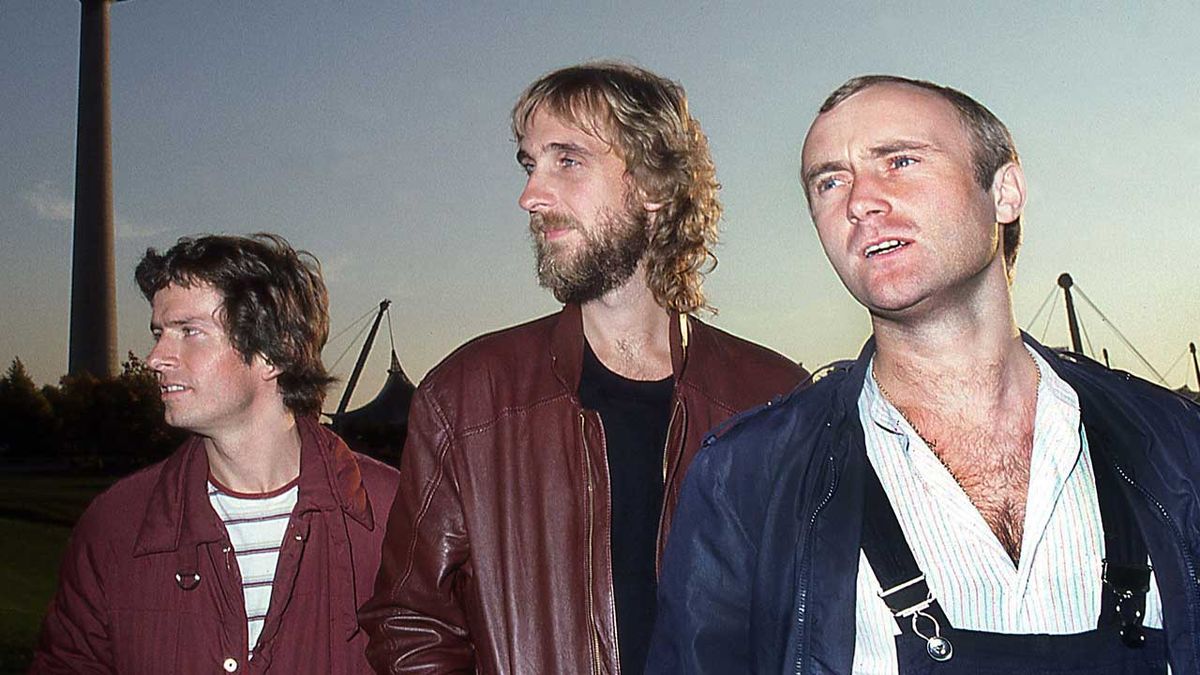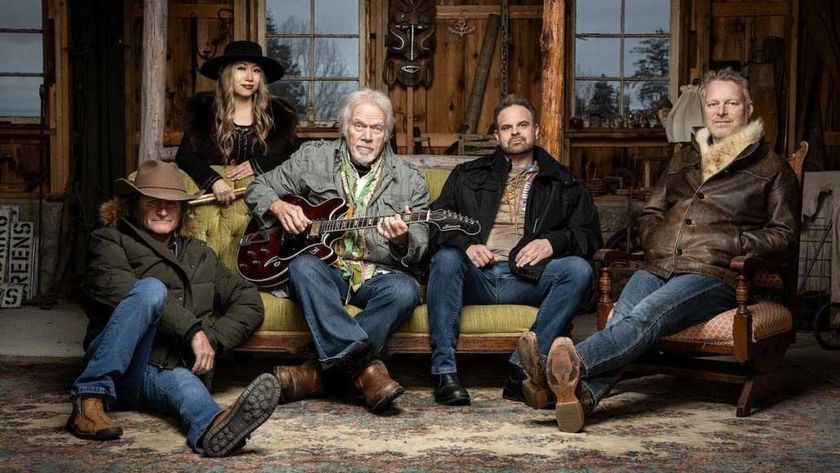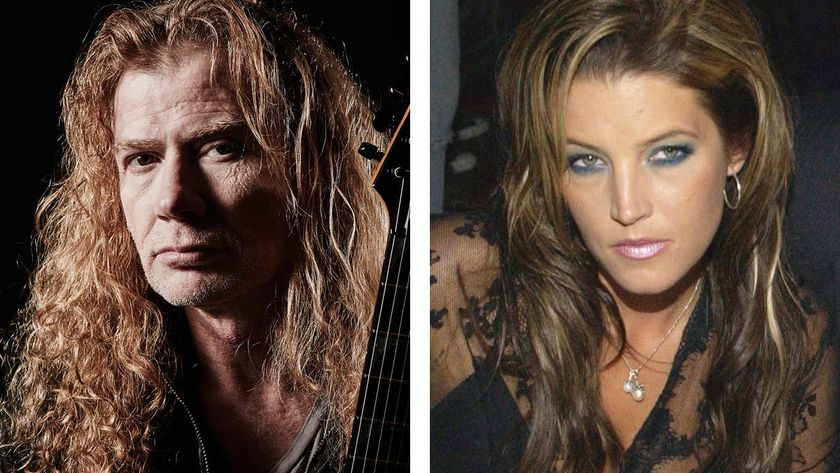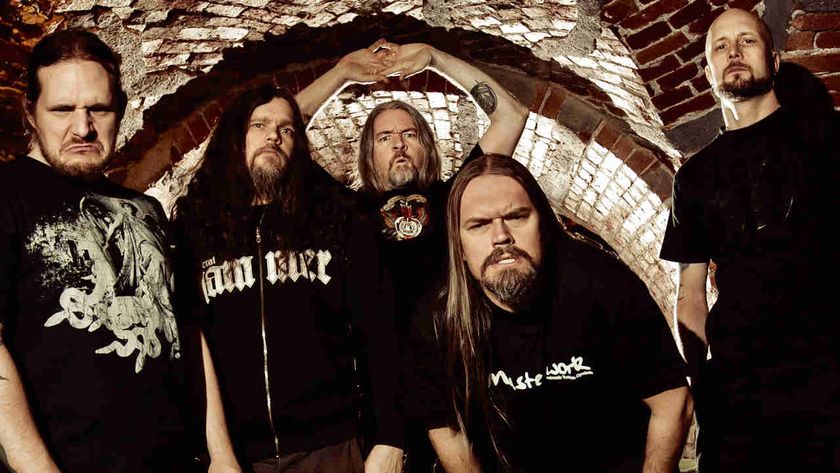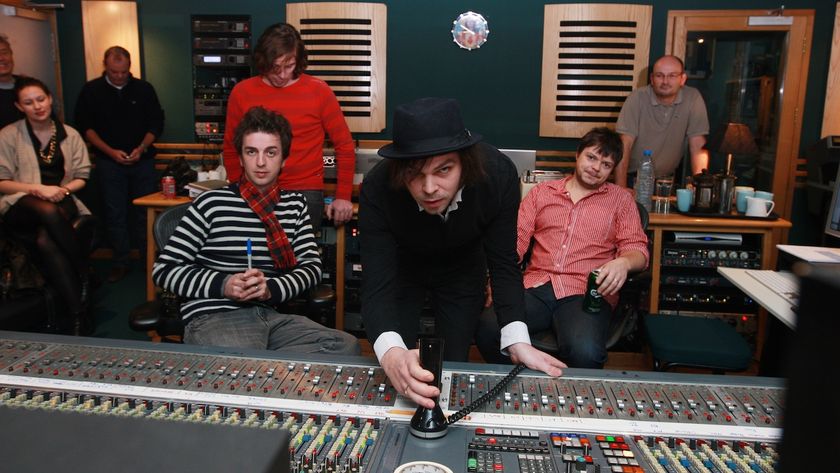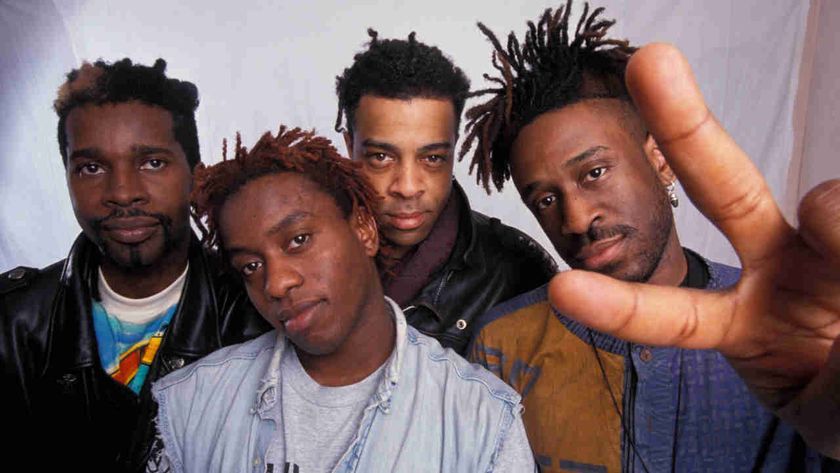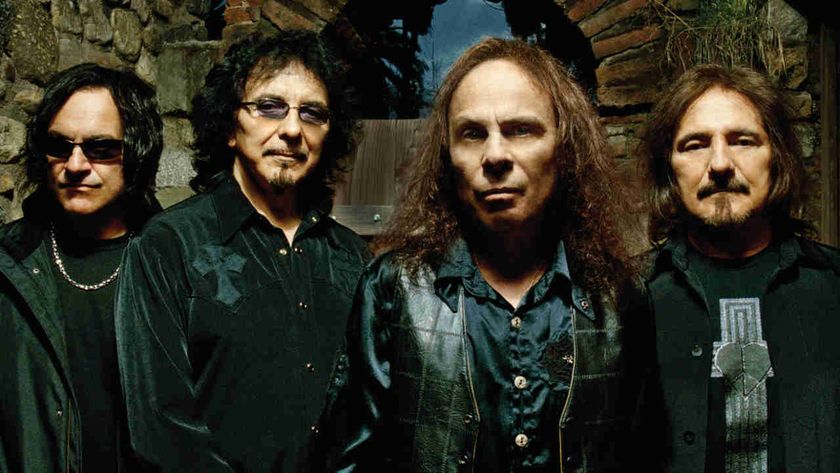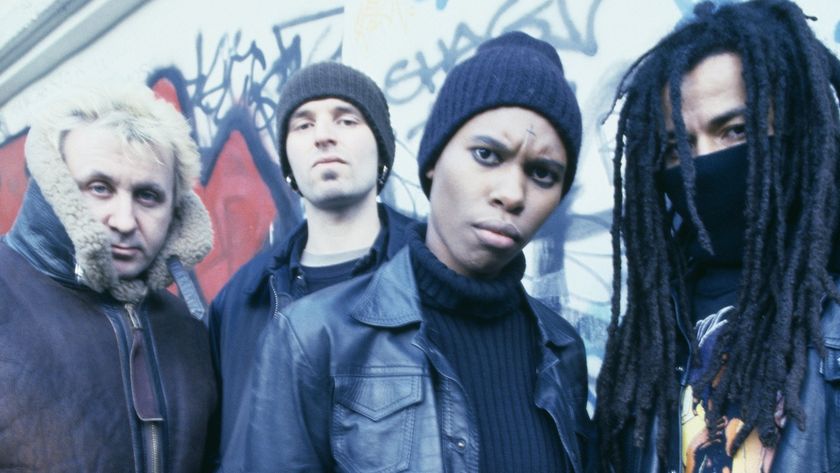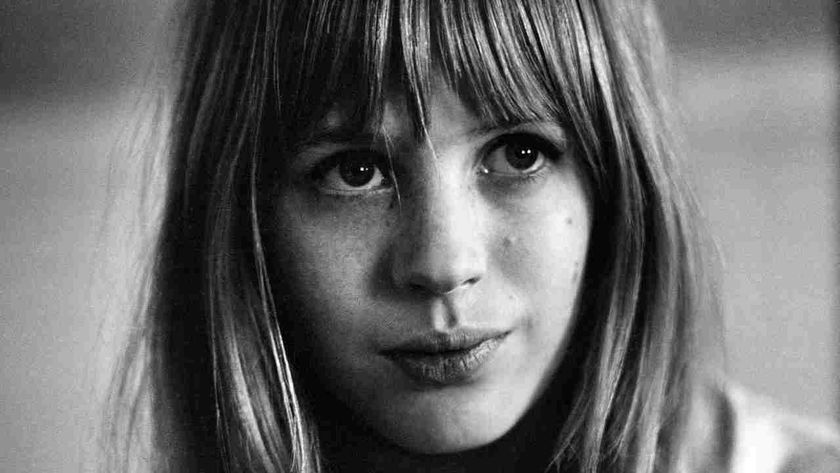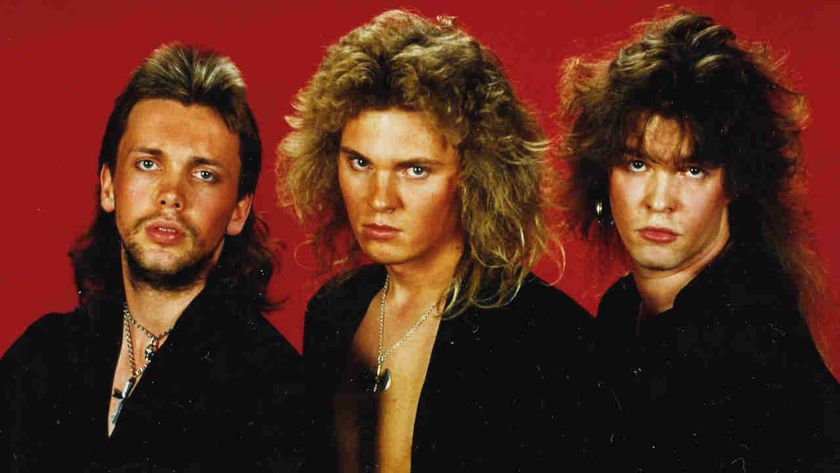On a cold, wet night in October 1982, the ‘classic’ line-up of Genesis reunited for a one-off concert at Milton Keynes Bowl. The show had been organised to raise money for their former lead vocalist, Peter Gabriel, who was facing financial ruin after the failure of the first WOMAD festival, of which he’d been the organiser.
Genesis’s set that night consisted mostly of songs from Gabriel’s time with the group. However, the modern Genesis (now just a trio of vocalist/drummer Phil Collins, keyboard player Tony Banks and bassist/guitarist Mike Rutherford) had scored a big hit in the summer of 1980 with Turn It On Again. So although the Milton Keynes show was a celebration of Genesis in all their 70s prog-rock glory, it would have been churlish not to play it.
Gabriel agreed to swap places with Collins while he sang the big hit. Gabriel could play drums – and, after all, how difficult was it to play drums on one of Genesis’s pop songs? As it turned out, more difficult than Gabriel had imagined.
“It was typical Peter: ‘Oh, I can play this,’” Tony Banks says now. “But once he started playing, he kept looking around going: ‘Oh fuck!’ Turn It On Again does funny things; it’s truly a Genesis song.”
What Gabriel hadn’t realised was that the song was in 13/8 time. “Which made it like a merry-go-round,” Rutherford recalled. “Peter would think he’d got to the end, and suddenly we would be off again.”
When Collins succeeded Gabriel as lead vocalist in 1975, the band’s music began to change. Gabriel had sung about extraterrestrial invasions and man-eating plants; on Collins’s watch, the songs slowly started to address more human emotions. When guitarist Steve Hackett quit in 1977, Genesis were down to a trio, but scored their biggest hit single yet with a simple love song, Follow You, Follow Me.
Collins’s influence on his bandmates was obvious. “Phil’s songs had a lovely sense of space and ease,” said Rutherford. “Phil was always able to let a song breathe.”
This encouraged Rutherford and Banks to think differently as songwriters. One result was Turn It On Again, the song that turned Genesis from a successful cult rock band into a worldwide hit singles act.
The song began life in the summer of 1979 at Collins’s house in Surrey. The singer’s marriage to his wife Andrea had just broken up and she’d taken their children to live in Vancouver. Collins turned two of the bedrooms into studio-cum-rehearsal spaces and invited his bandmates to move in while they wrote their next album, Duke.
Turn It On Again was constructed from two separate musical ideas. “Mike had the riff,” explains Banks, “and I had the bit in the song that goes: ‘I can show you, I can show you…’ Both were rejects from our solo albums.” (Banks’s A Curious Feeling had just been released; Rutherford’s Smallcreep’s Day would follow in February 1980.)
Collins listened to Rutherford’s riff and suggested they speed it up. “The original riff was very fat and heavy and slow,” recalls Banks. “As soon as Phil sped it up, it sounded much rockier.”
Initially, though, the riff was intended as a bridge between some of the new album’s longer songs. “We already had Behind The Lines, Duke’s Travels and Duke’s End, and thought it would fit in there, until we realised it was too good to use as a link. Our solution was to play the riff twice, stick my bit on the end and then write a song around it.”
“Making Turn It On Again and Duke was a happy time for Mike and I,” Banks adds. “But Phil was in the throes of a very painful divorce.”
“I was living on my own… things had gone off the rails a bit, drinking too much,” Collins said in 2007. “But I have very fond memories of those rehearsal days.”
With his wife and kids gone, Collins had thrown himself into his work with Genesis and anyone else who’d have him. Earlier that year he’d recorded with jazz-fusion side project Brand X and singer-songwriter John Martyn, and put together some ideas for what would become his first solo album, 1981’s Face Value.
Rutherford wrote Turn It On Again’s lyrics – a prescient tale of a man who becomes so obsessed with watching TV that he starts to confuse it with real life – but Collins imbued it with his personality. “Duke was the first album where Phil started to sound like a real singer,” said Banks.
Rutherford had originally written the song’s riff on bass pedals, using an echo for every other note as it was too tiring to play. But when it came to recording the song, at Stockholm’s Polar Studios in the winter of ’79, he wanted to do it properly. Rutherford sat on the studio floor, thumping the pedal with his fist: “And when I got tired, Phil took over.”
Their shared bass pedal thumping resulted in what Rolling Stone magazine later called “vibrant rock’n’roll”, and a radio-friendly pop song. Yet despite its memorable hook and chorus, Turn It On Again was a Trojan horse – listen closer and you could hear the quirky Genesis of old in its offbeat rhythm.
The single was released on March 8, 1980, spent six weeks in the UK chart and finally reached No.8. Duke, meanwhile, gave Genesis their first No.1 album. “It caught us all by surprise,” Banks admits. “But it’s such a great song. And Duke is one of my favourite Genesis albums.”
From here on, Genesis slowly moved out of the prog-rock shadows and into the world’s stadiums. Turn It On Again would become a fixture of every Genesis show thereafter. There’s just one problem, as Peter Gabriel learned to his cost. “You can’t dance or clap along to it,” cautions Banks, “because of that time signature. When we play it live, you can always see the audience getting caught out.”
You have been warned.
